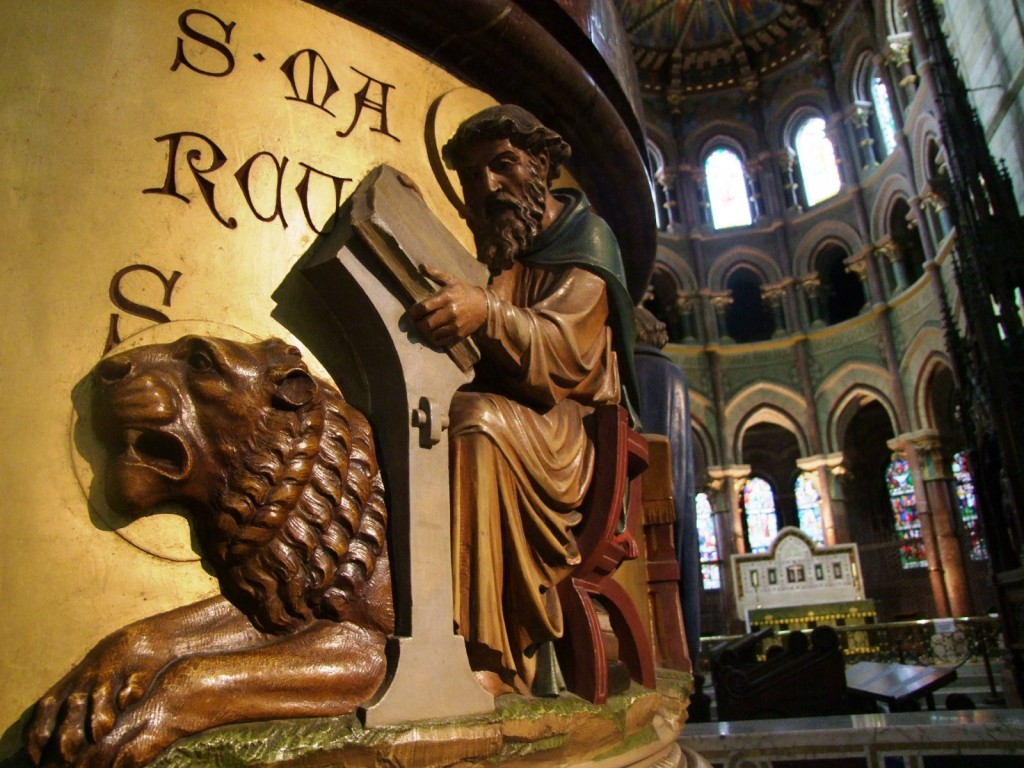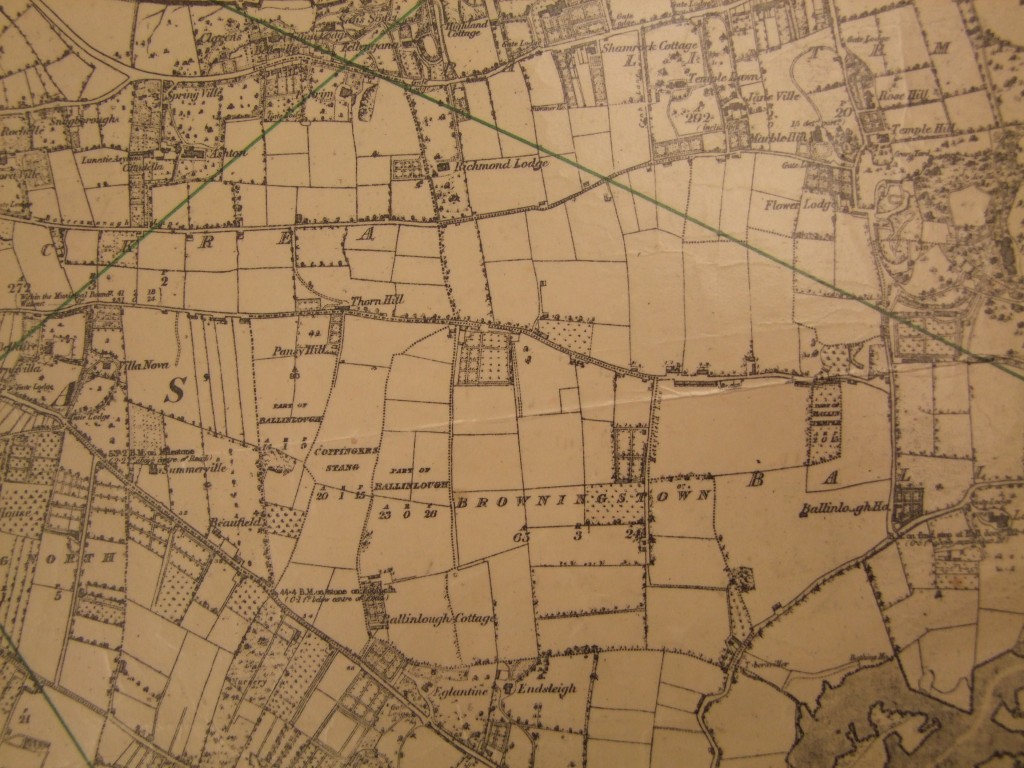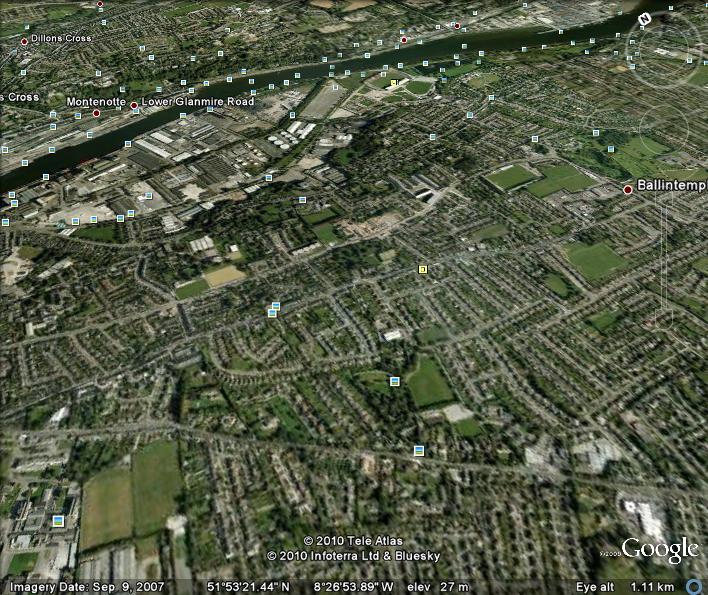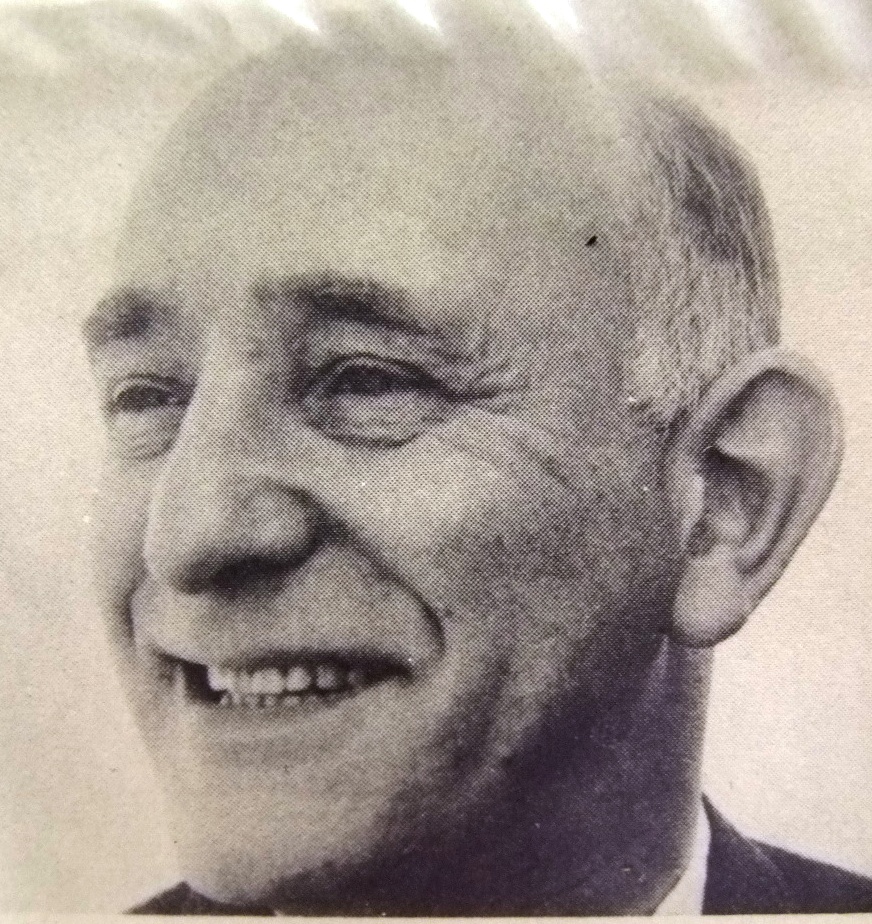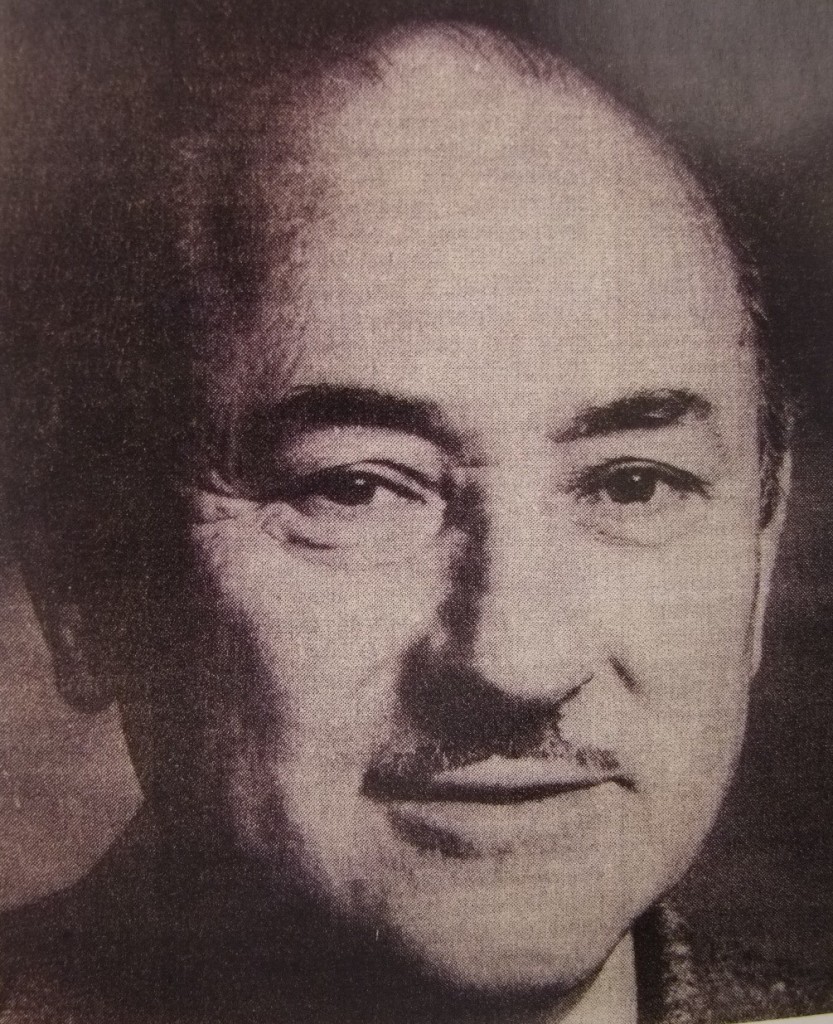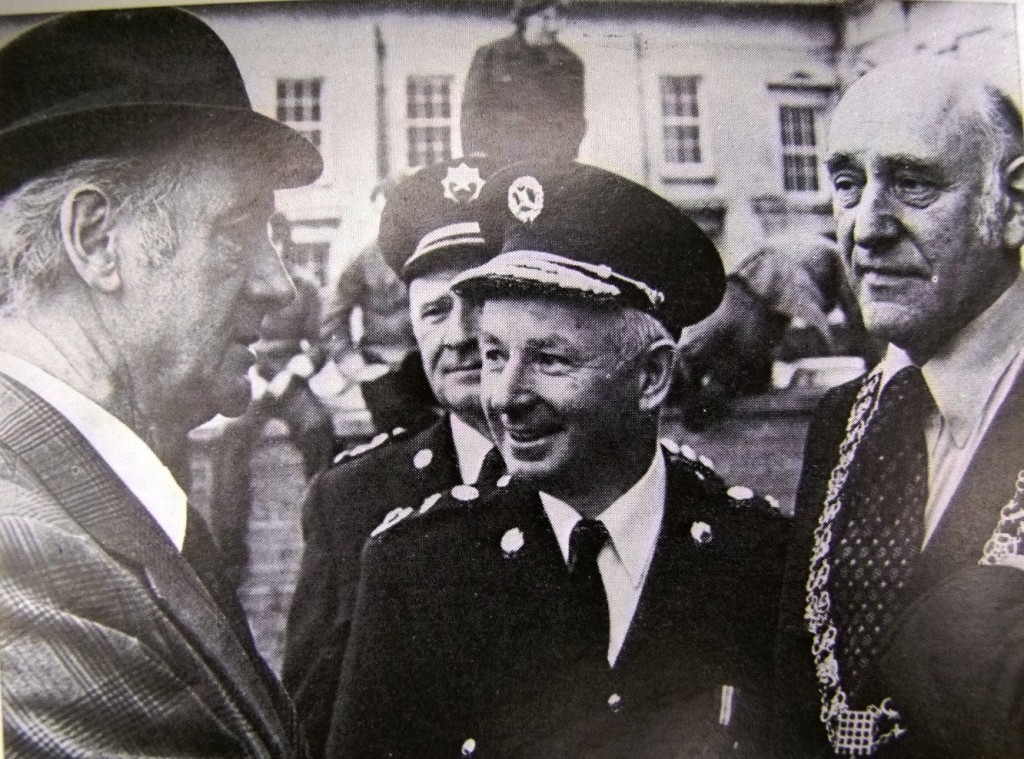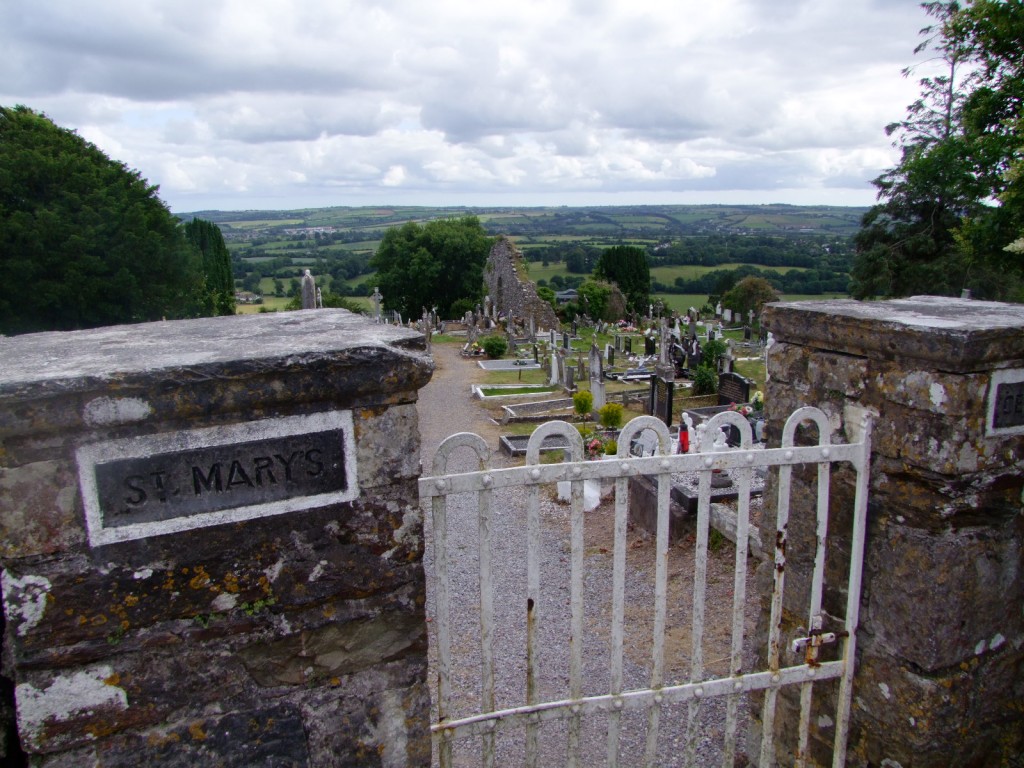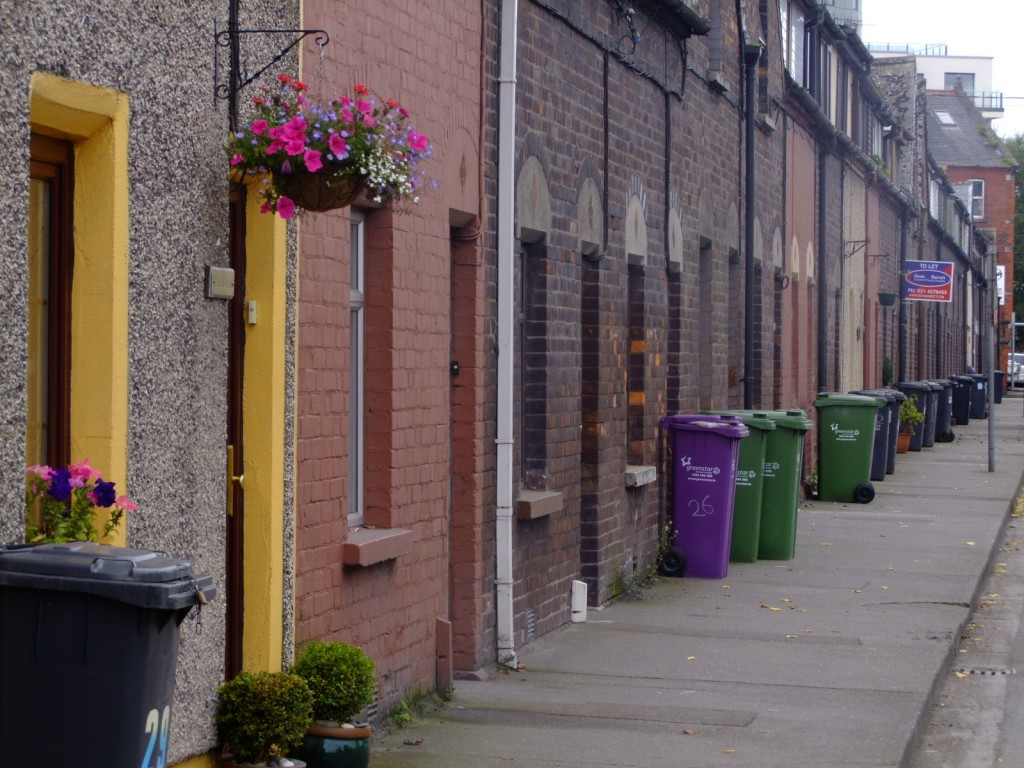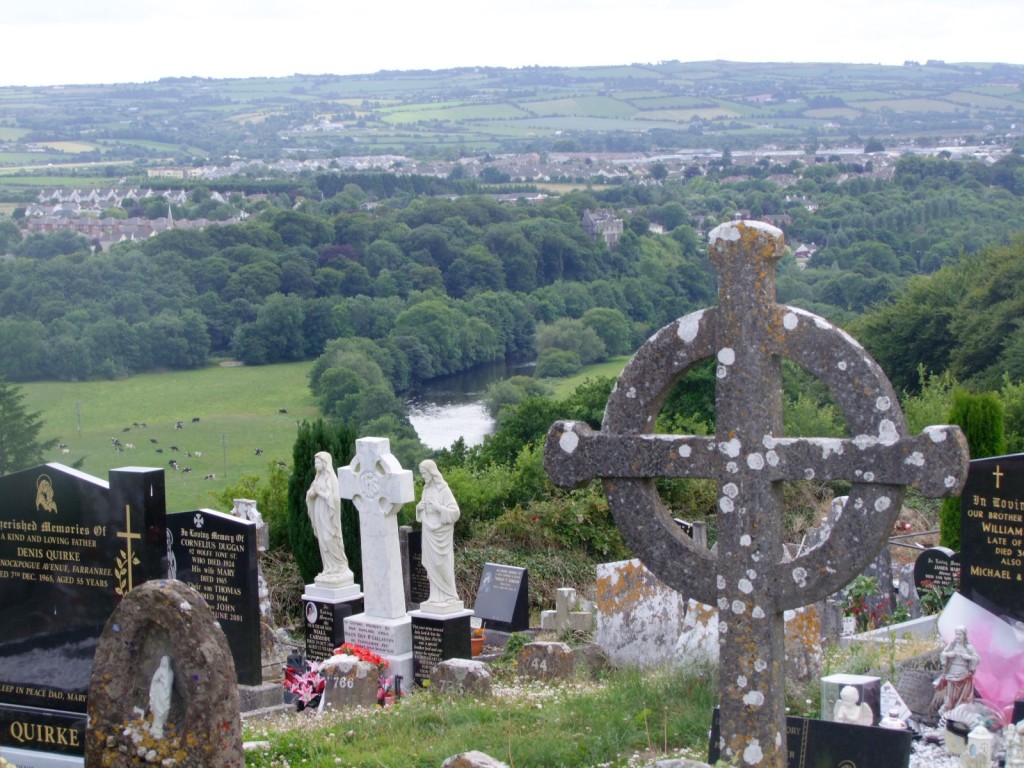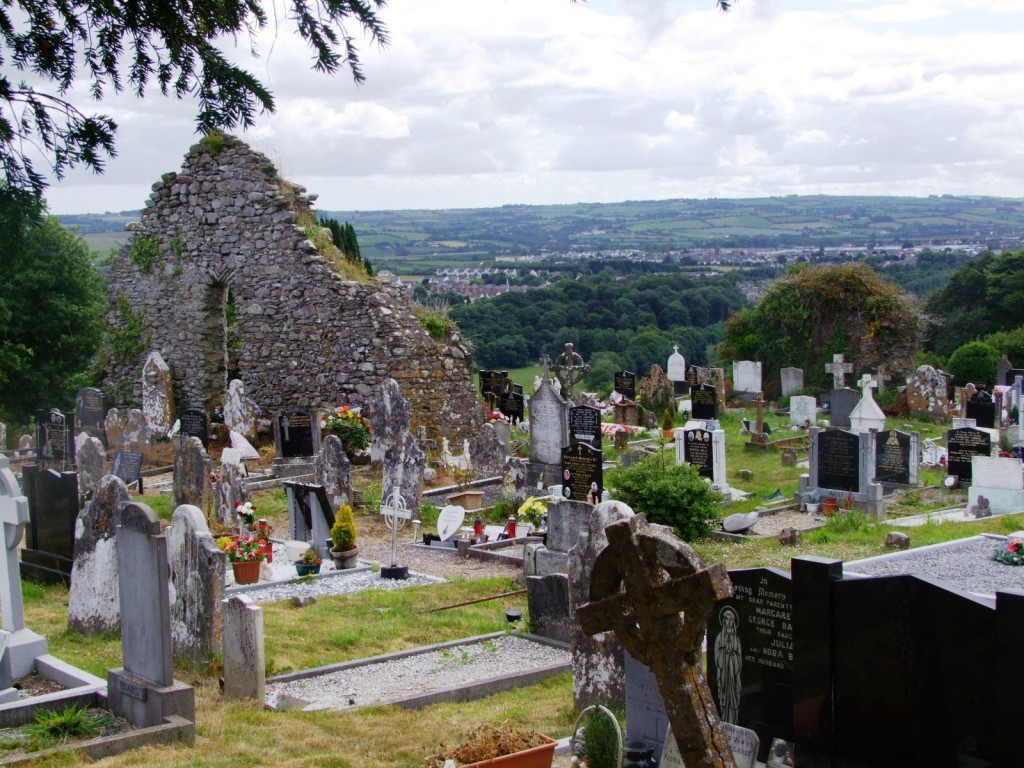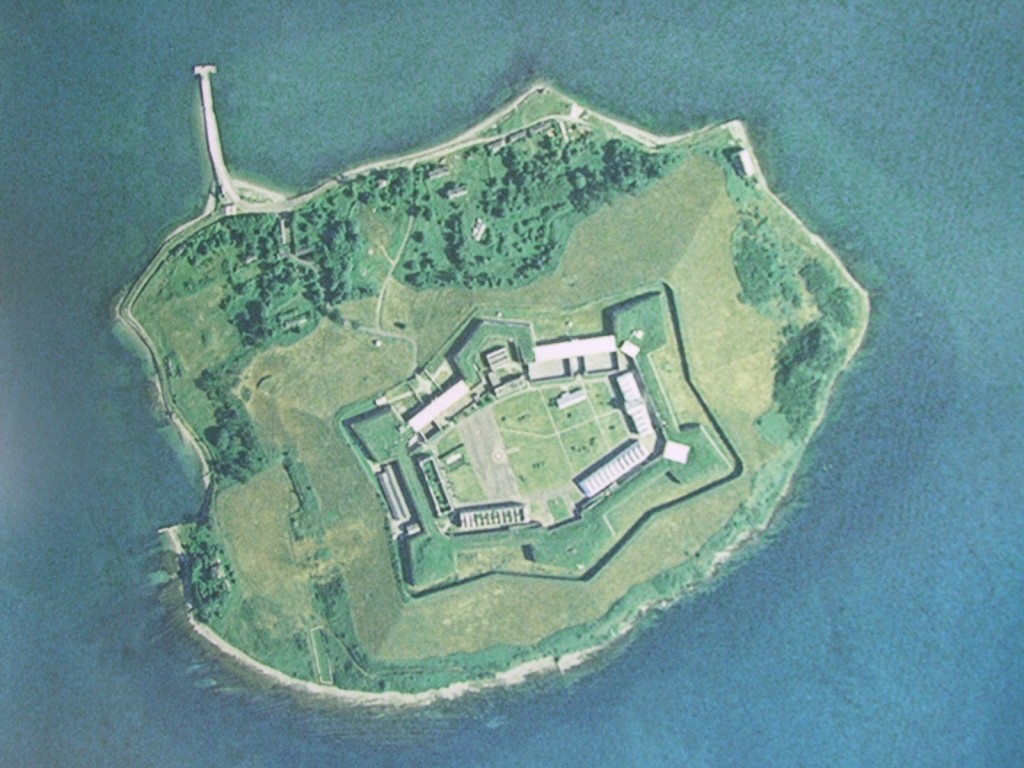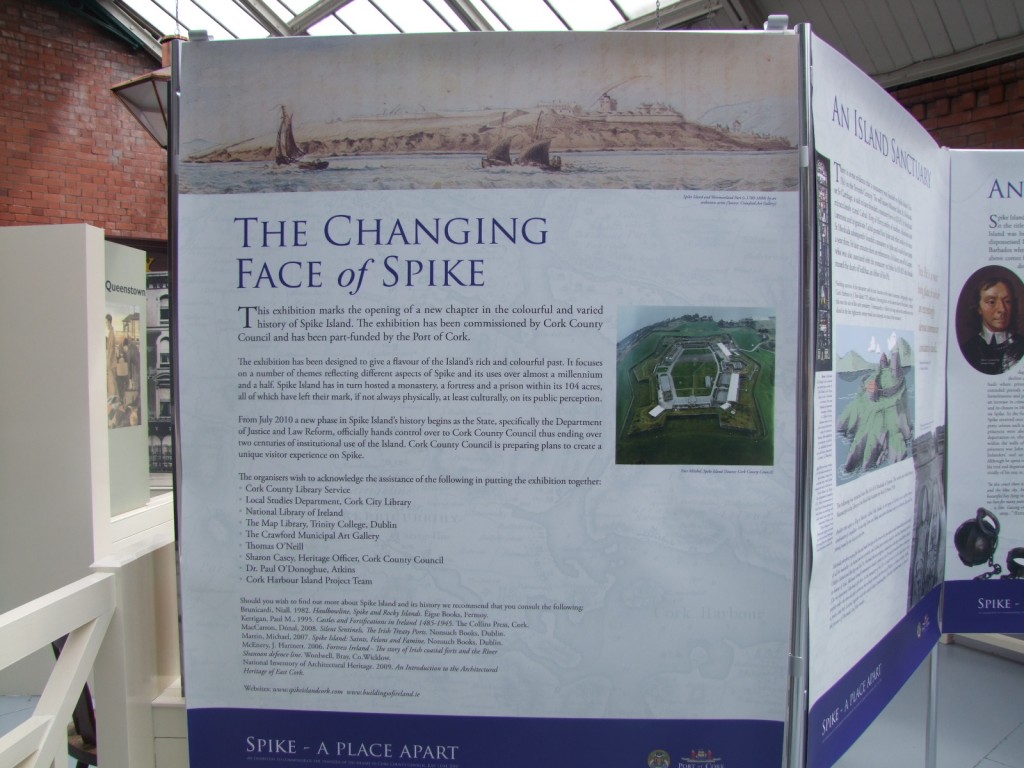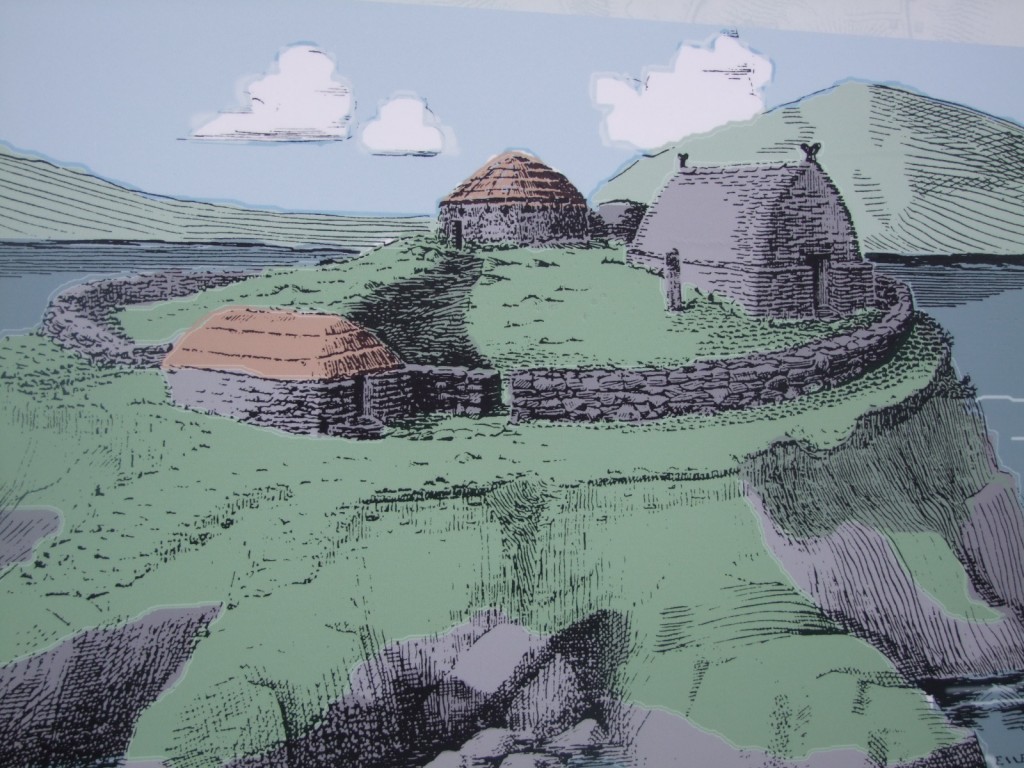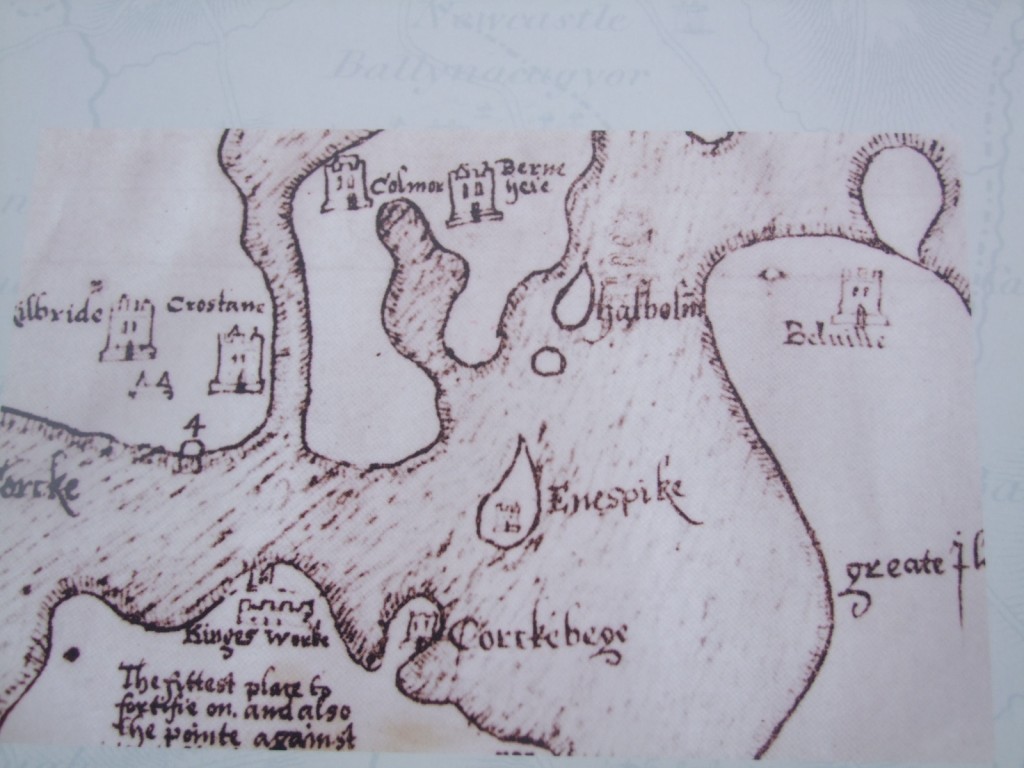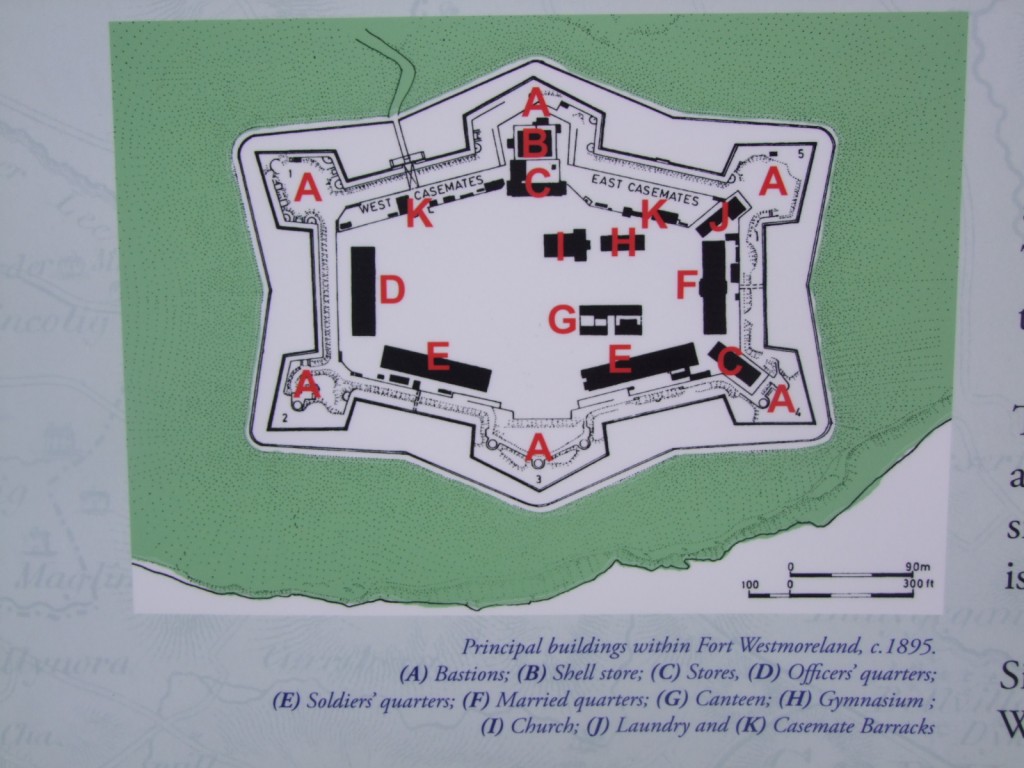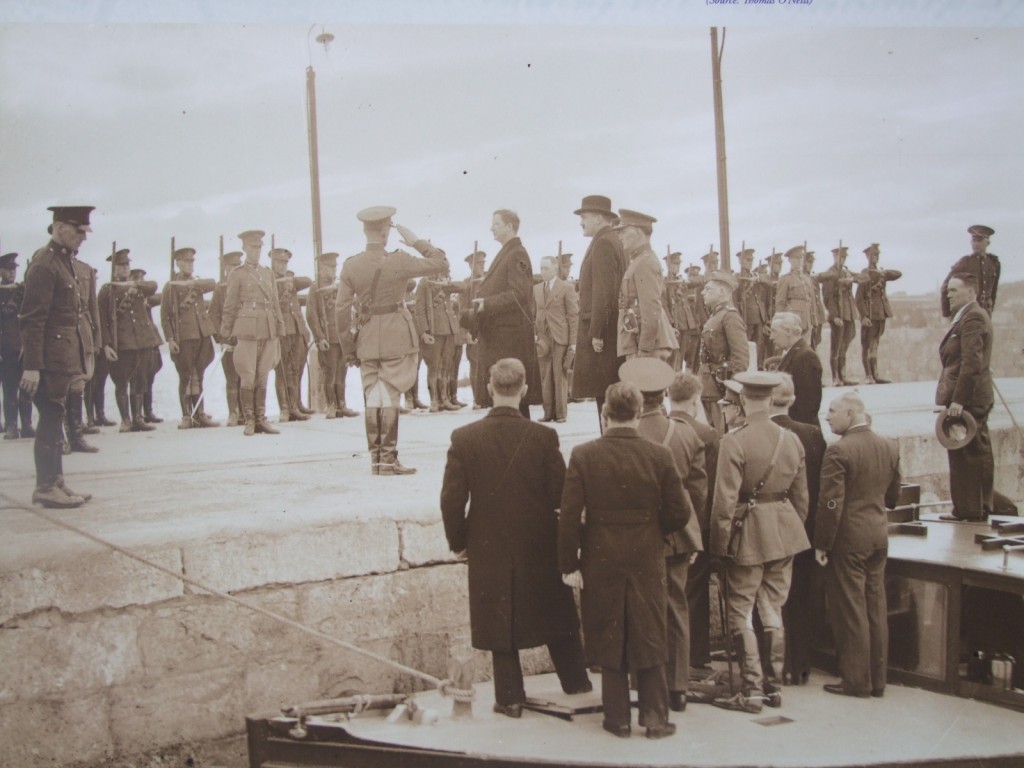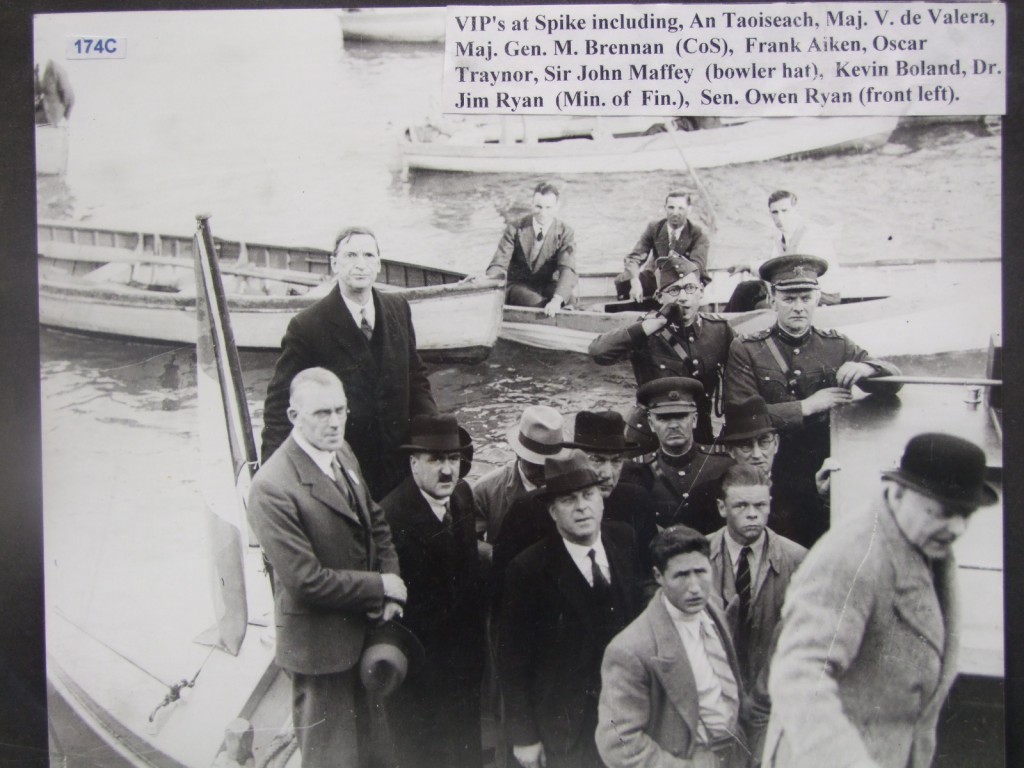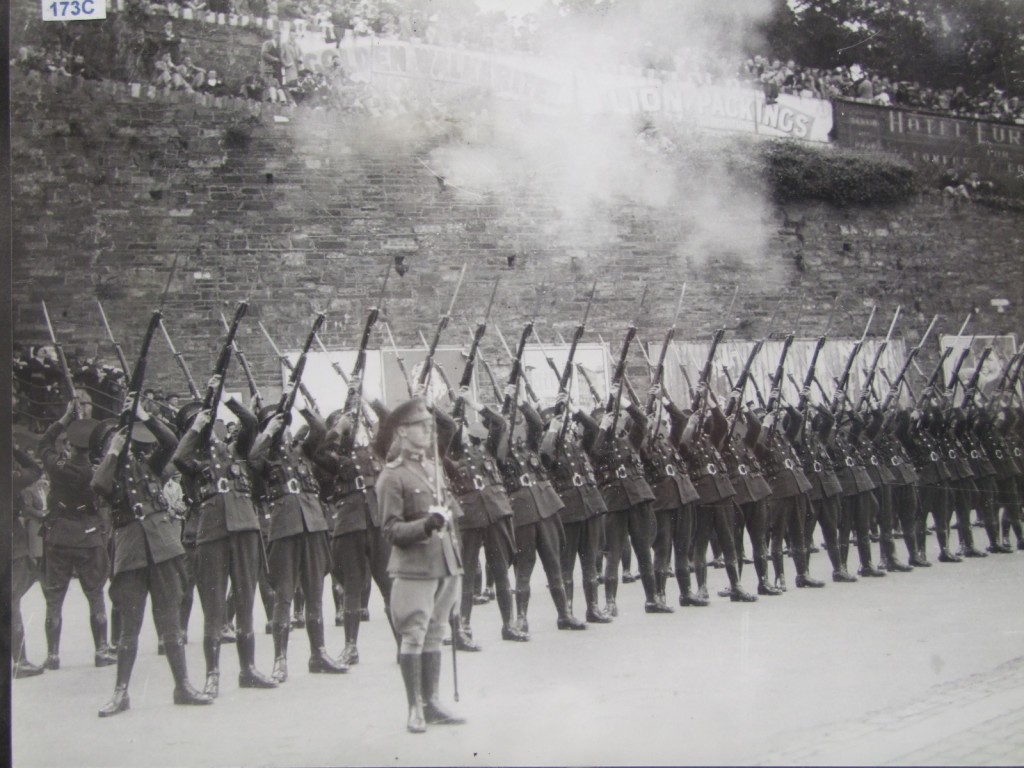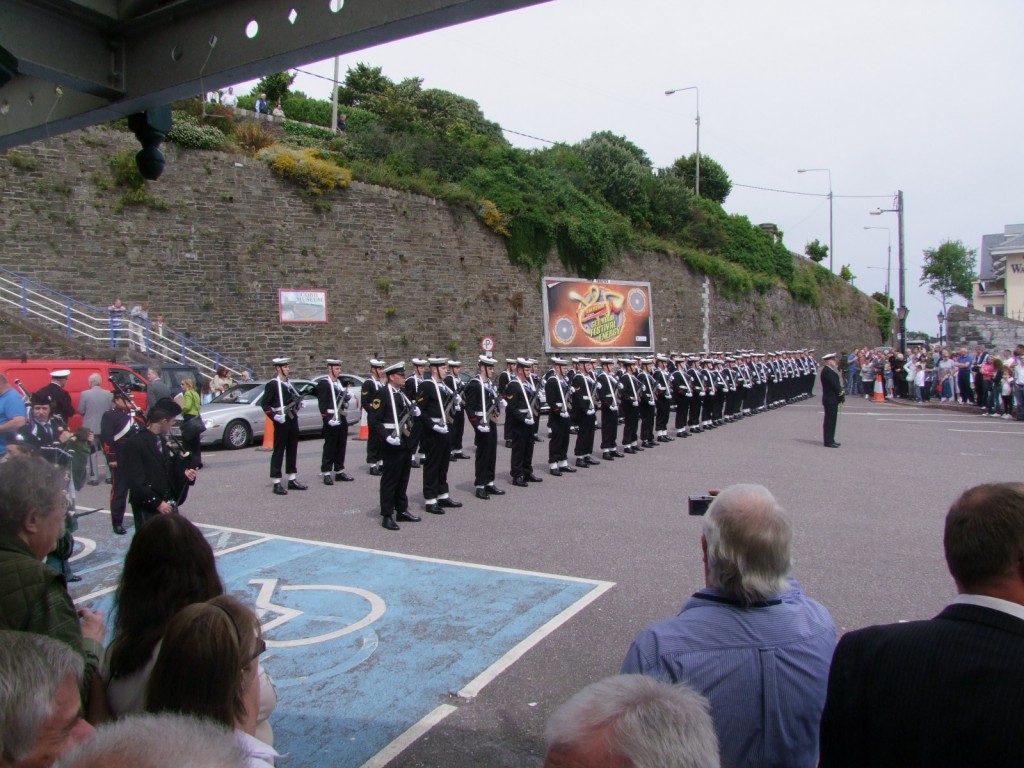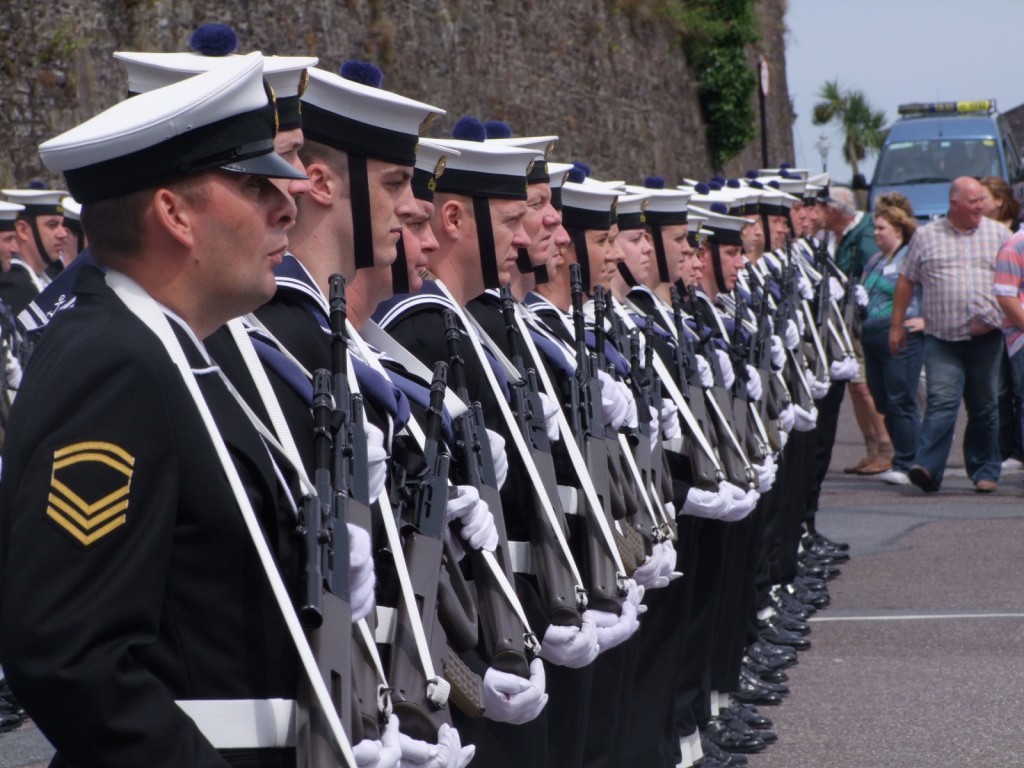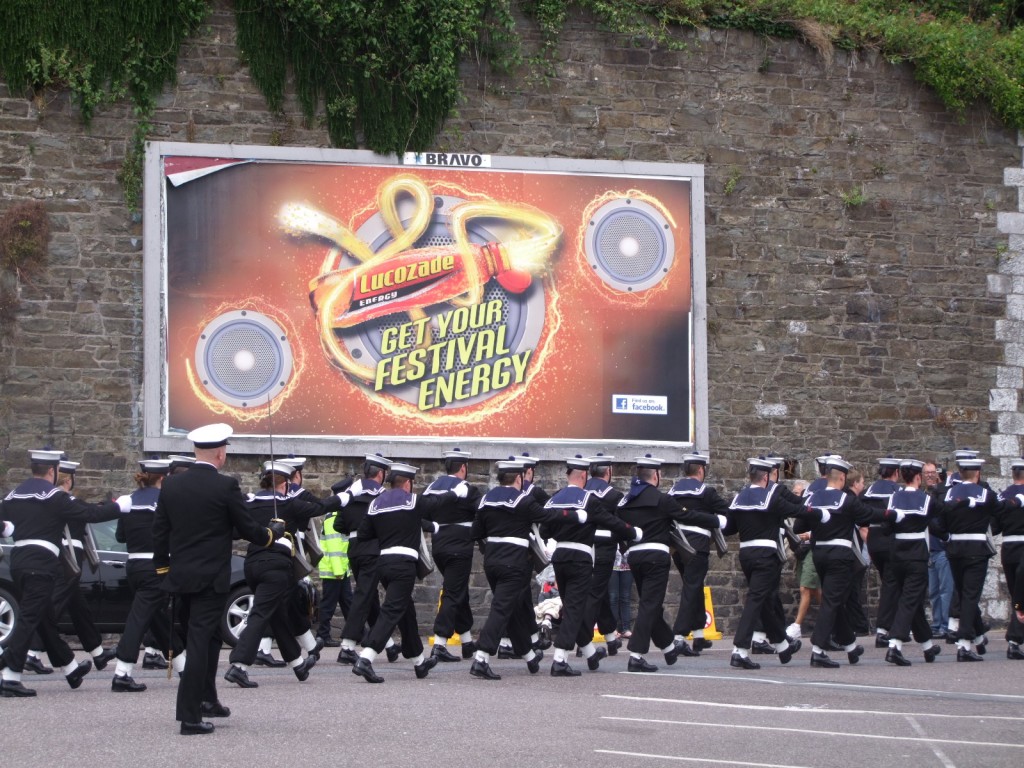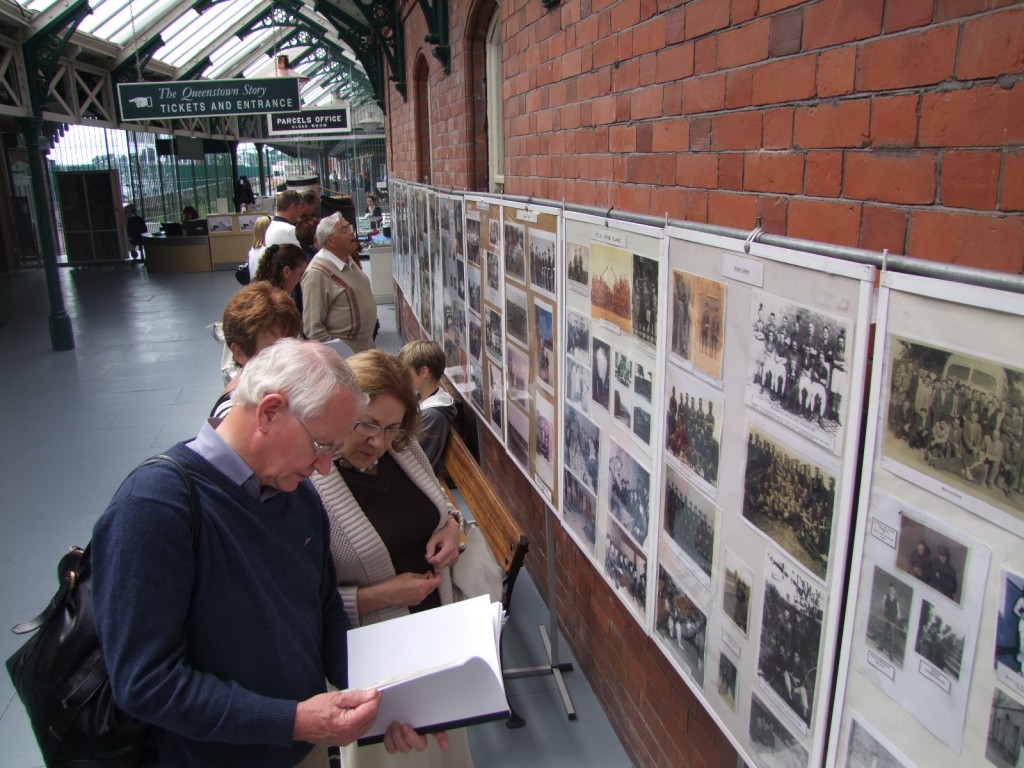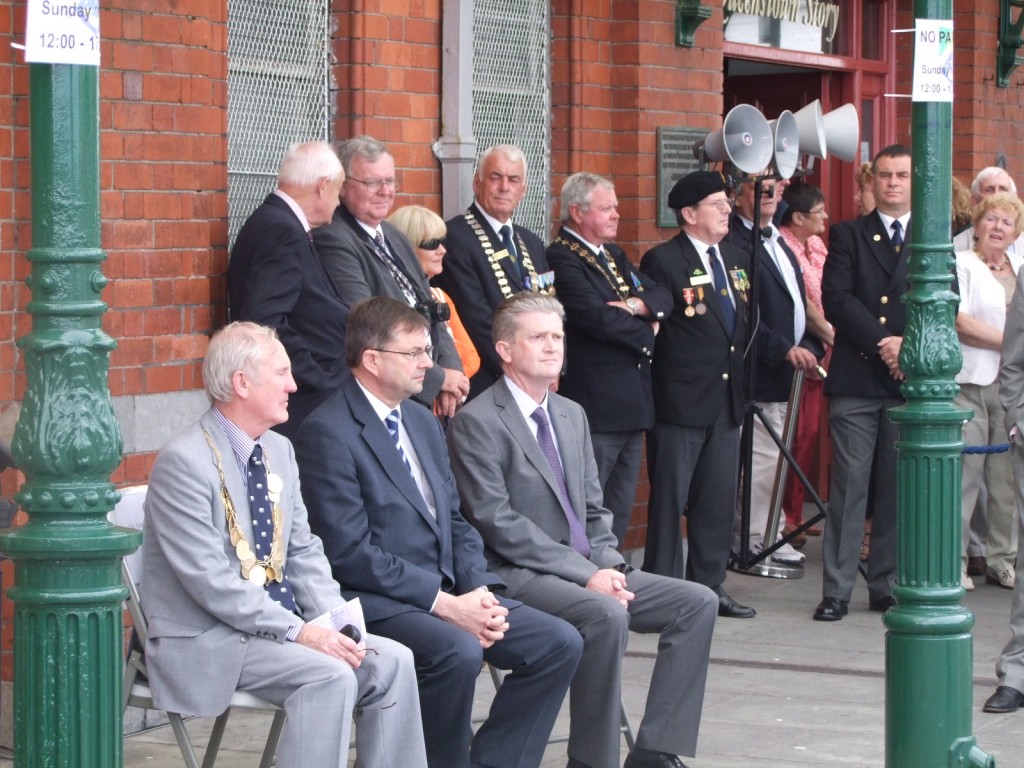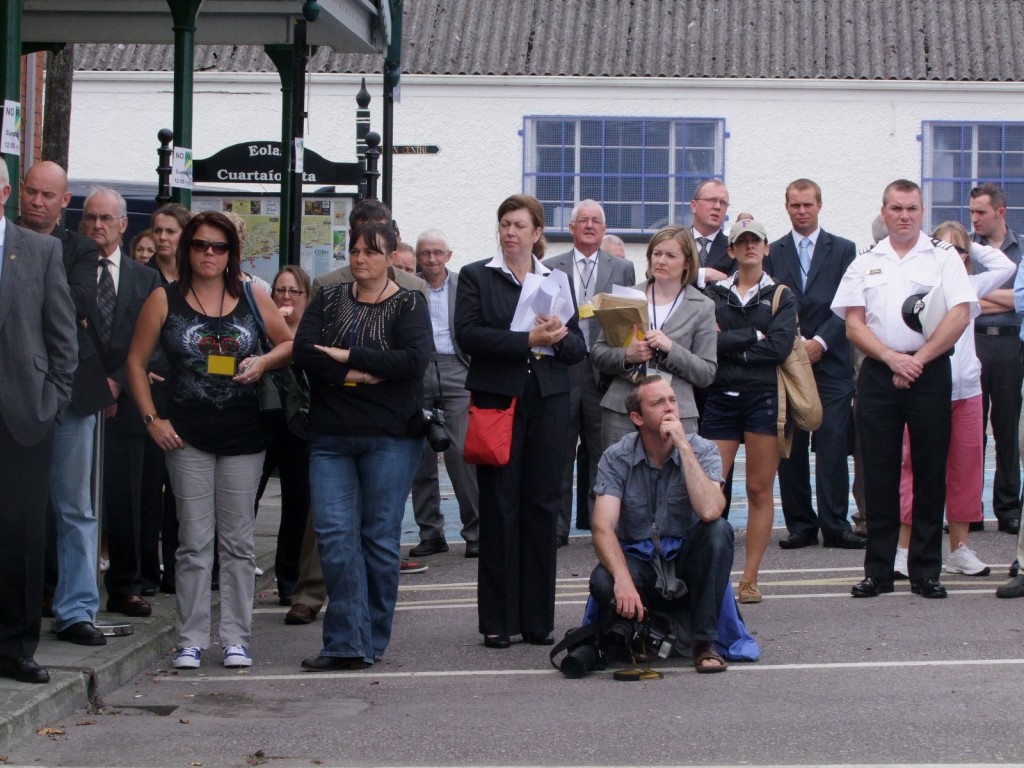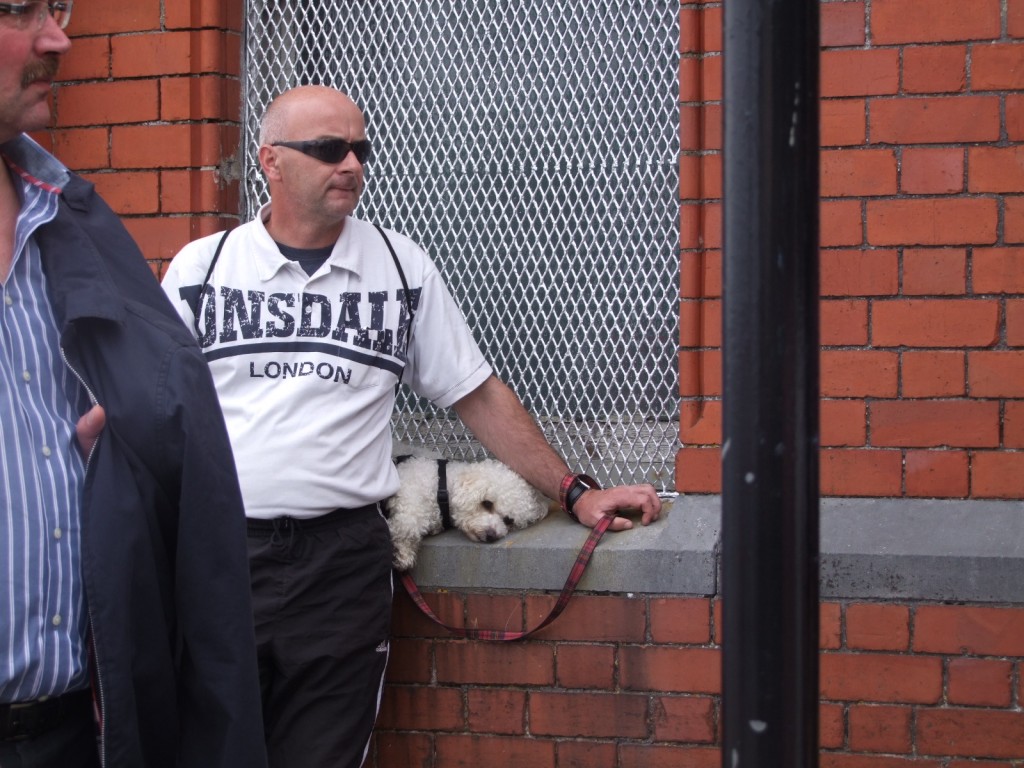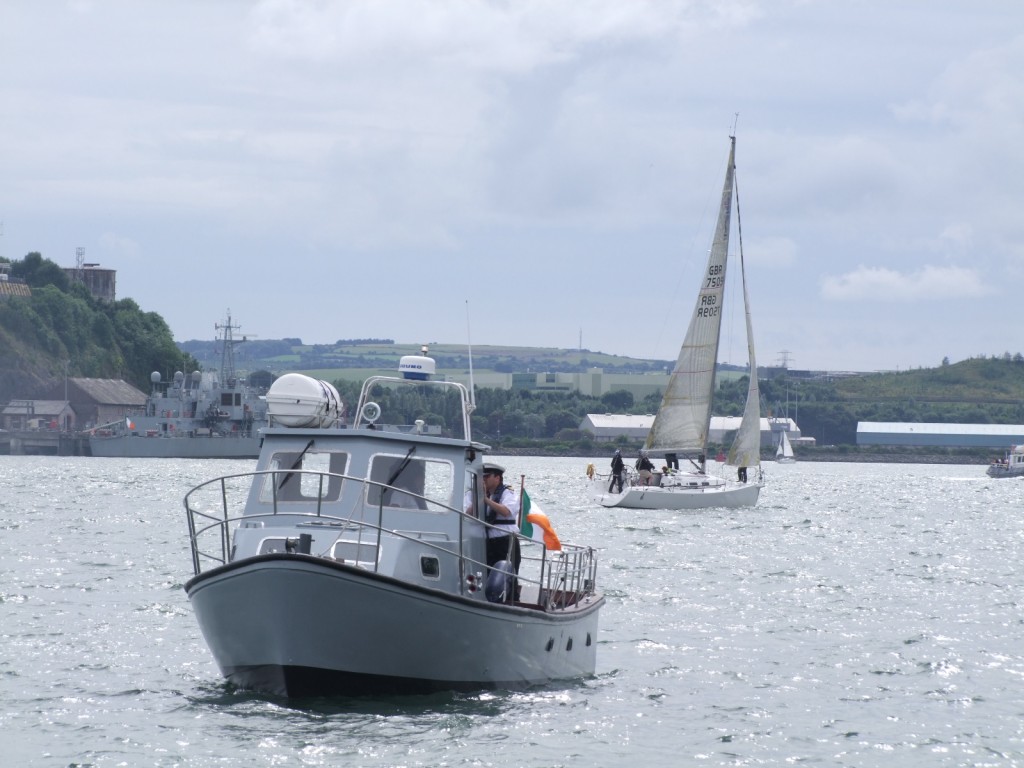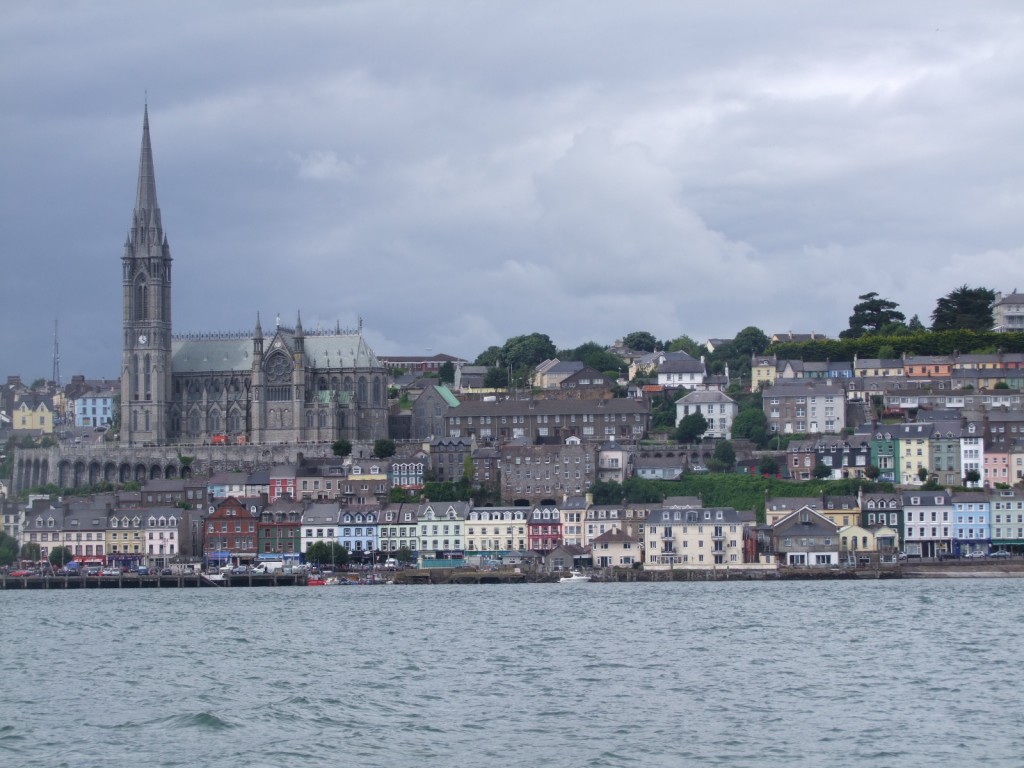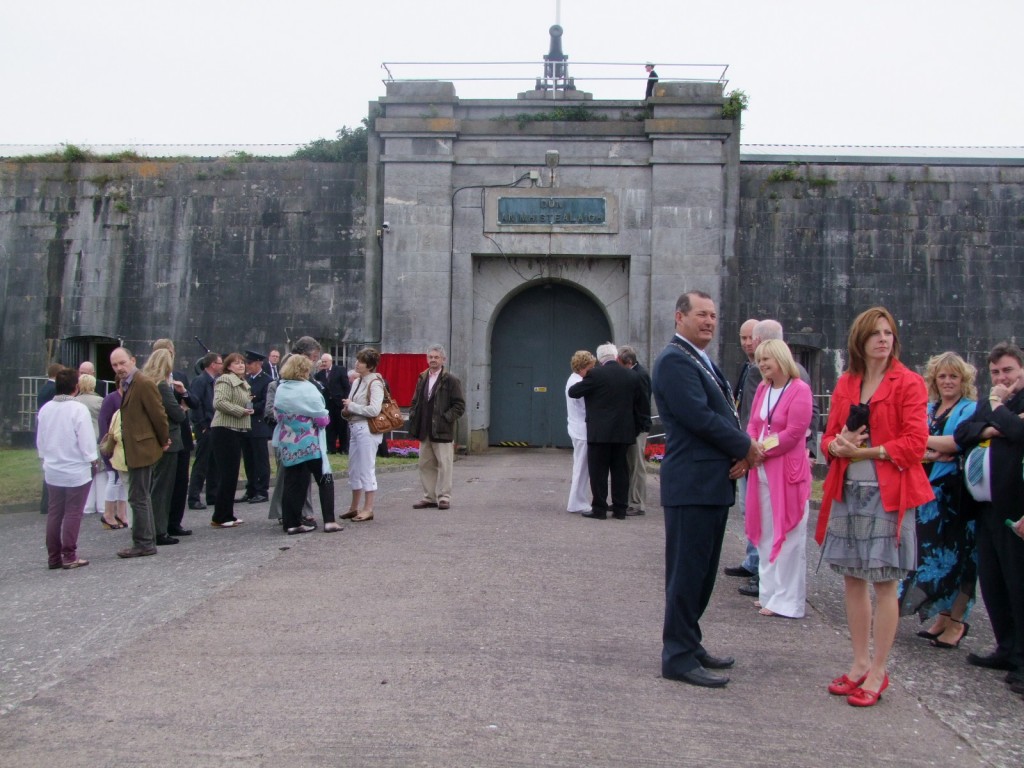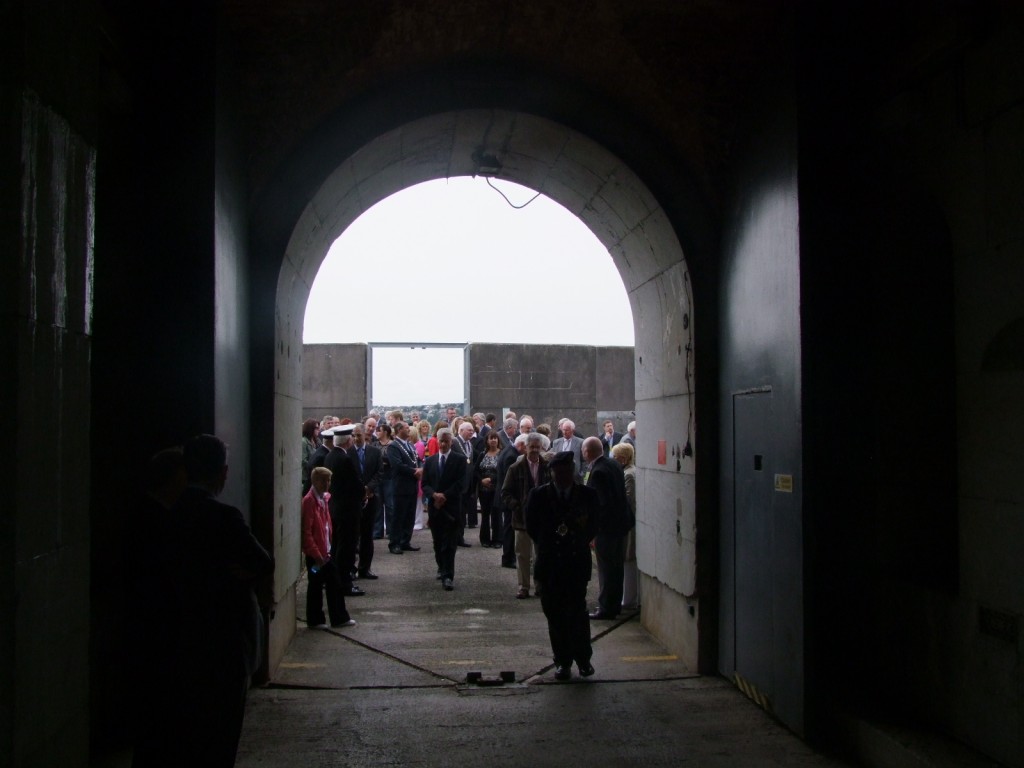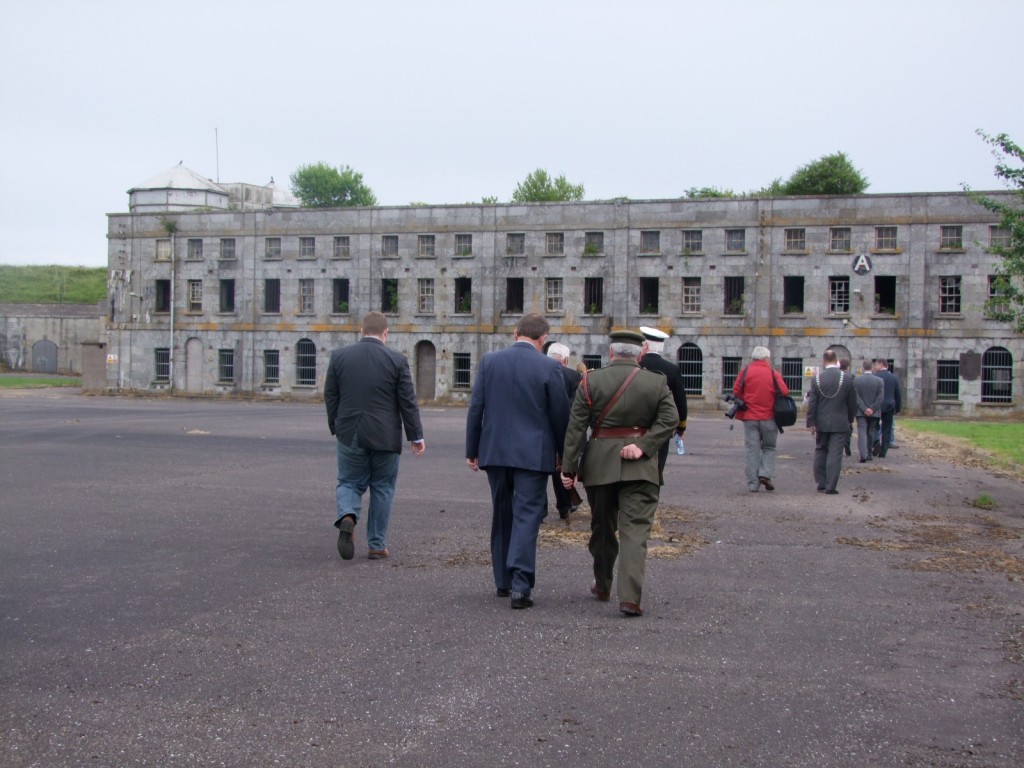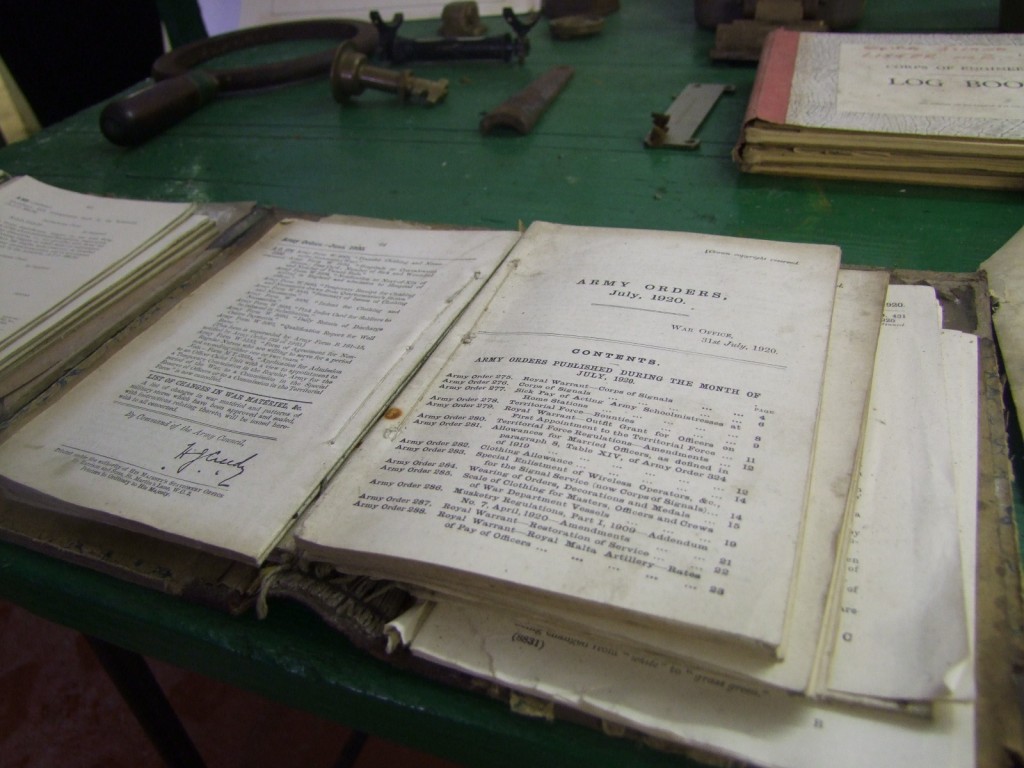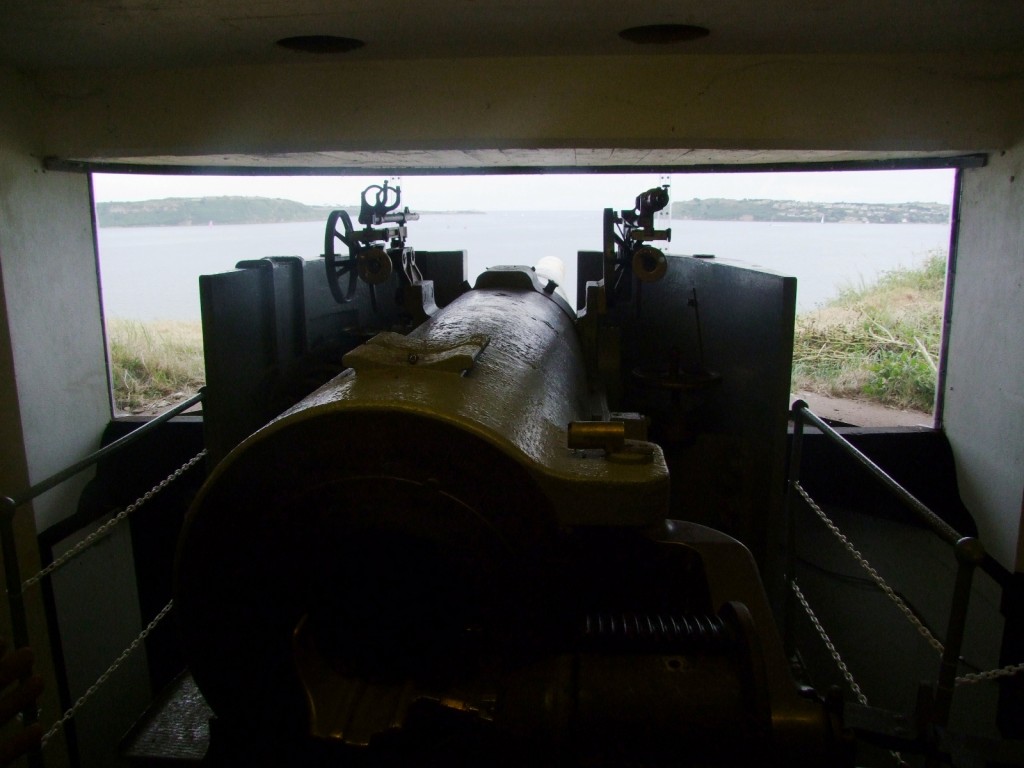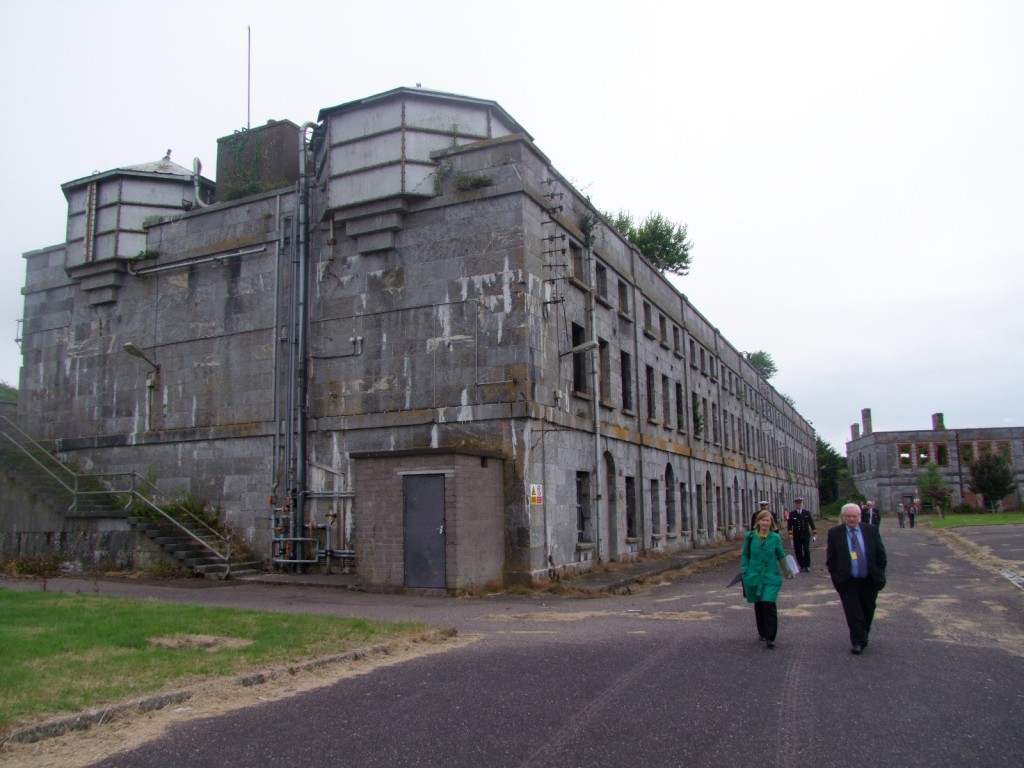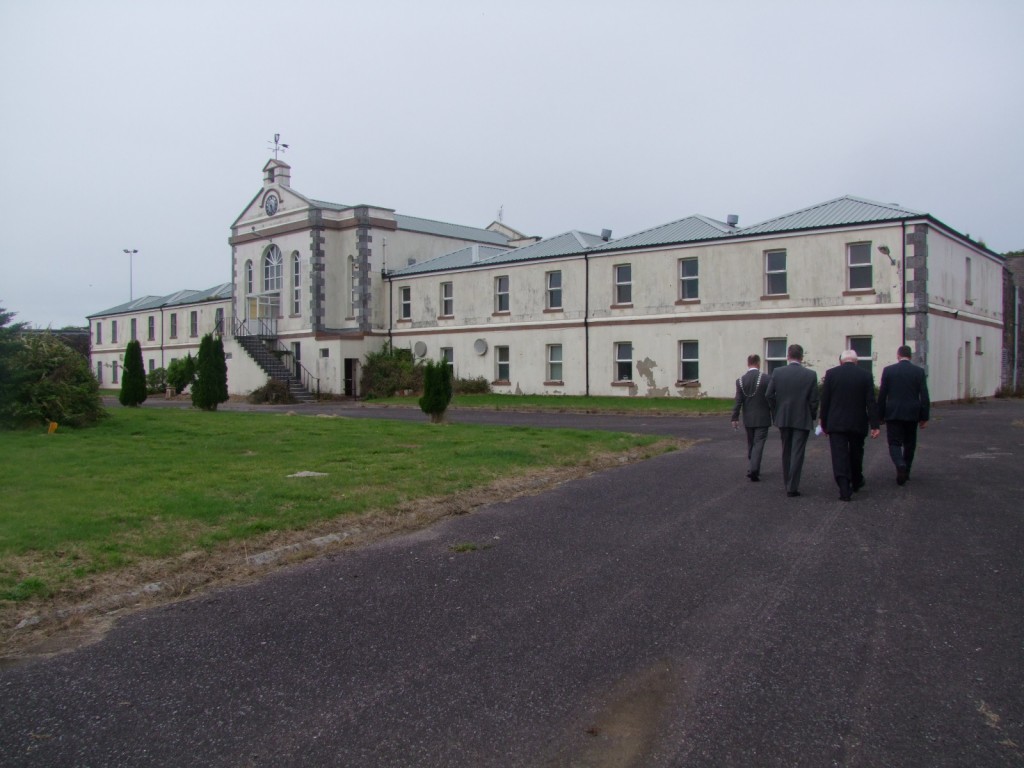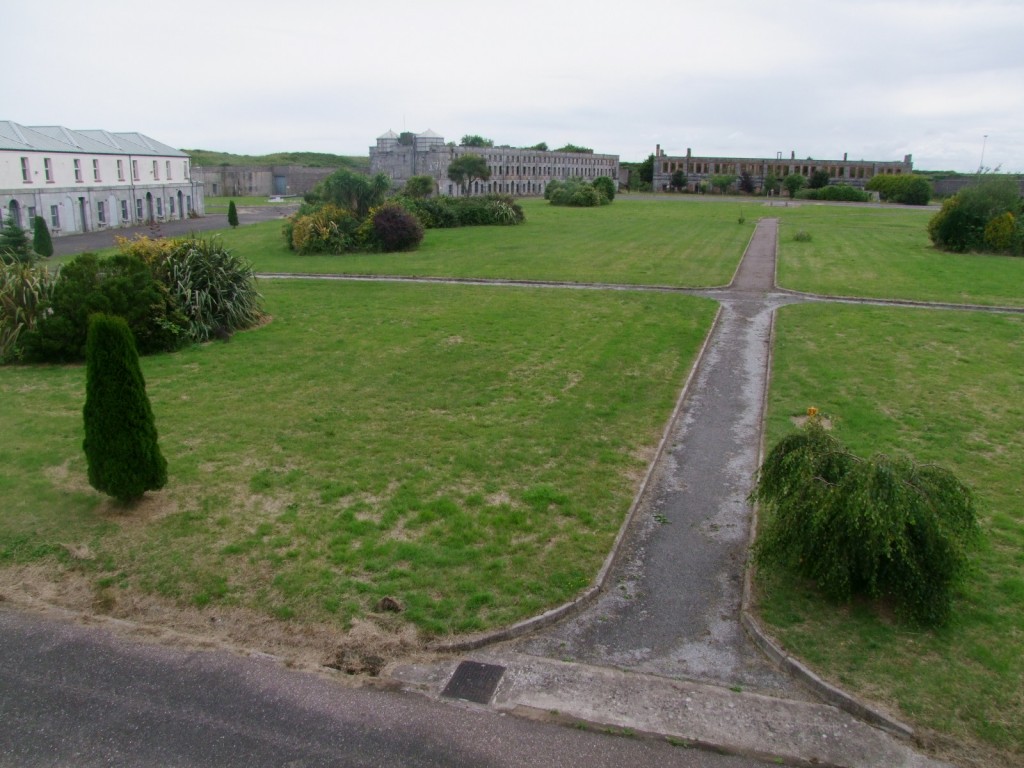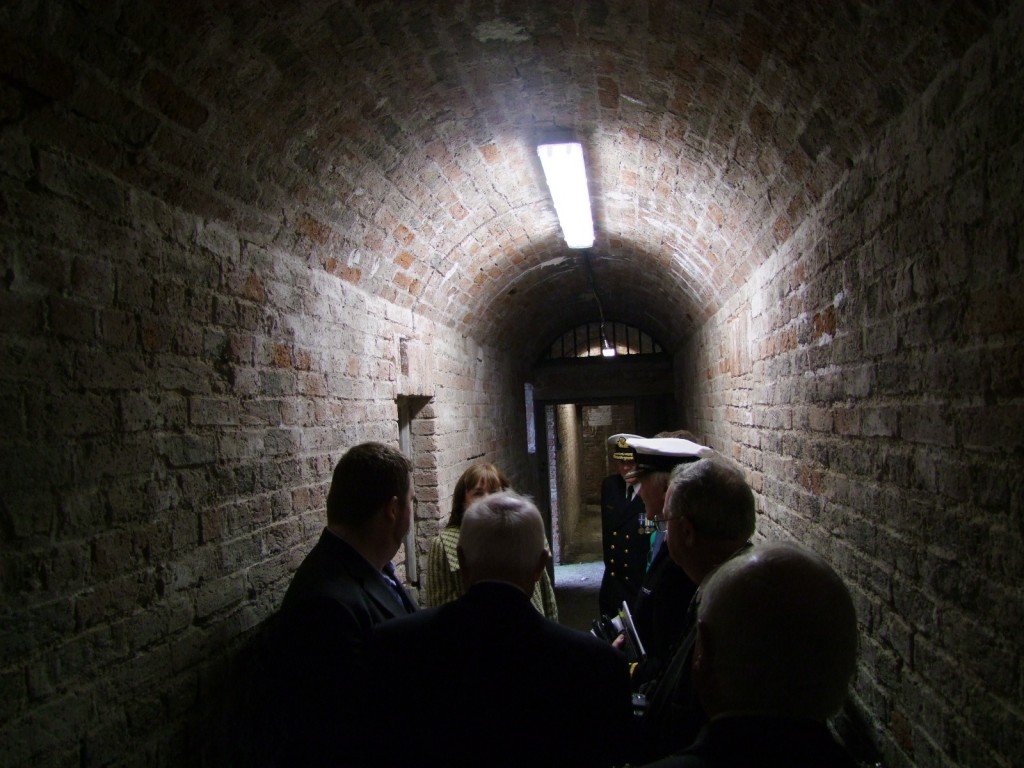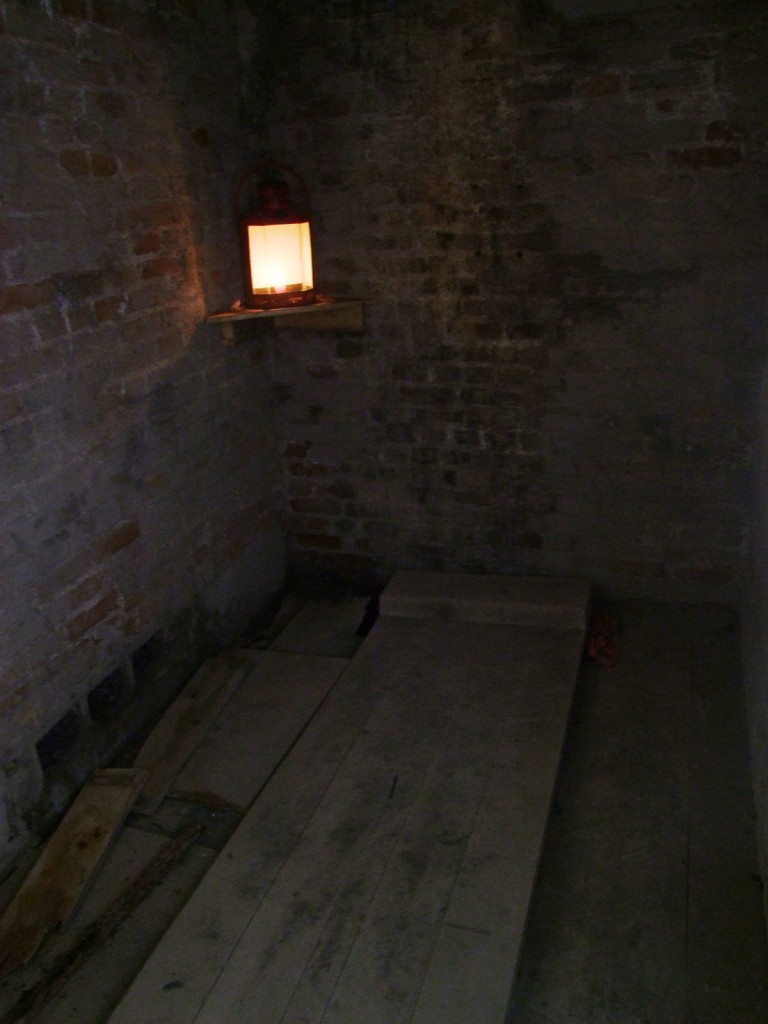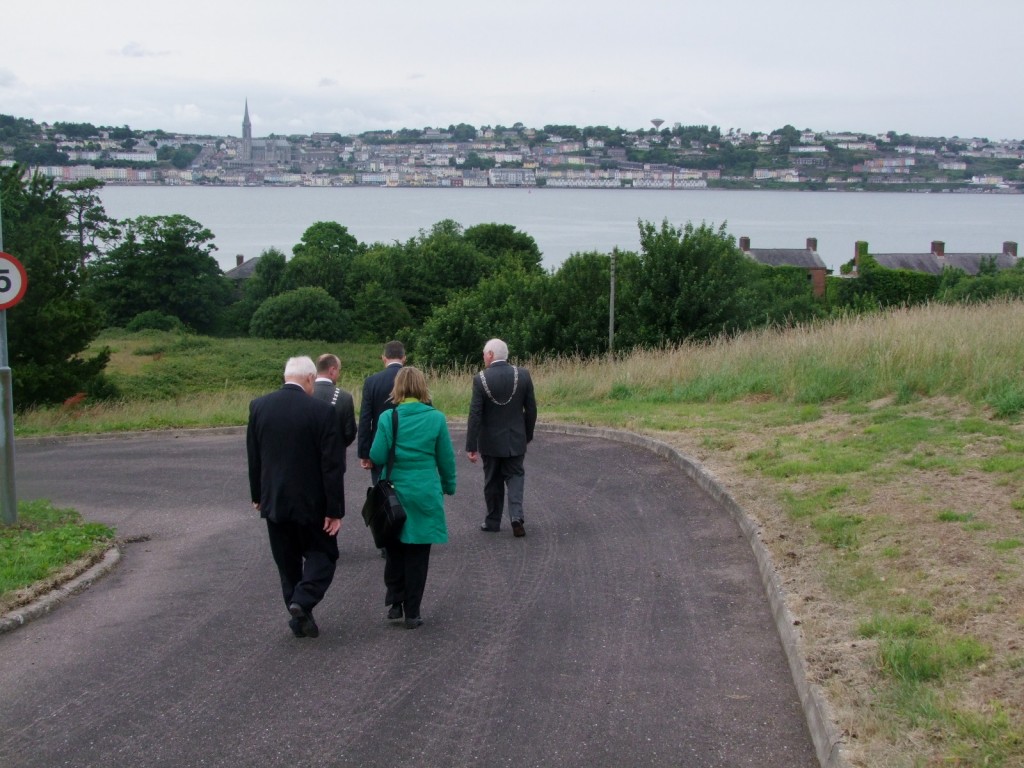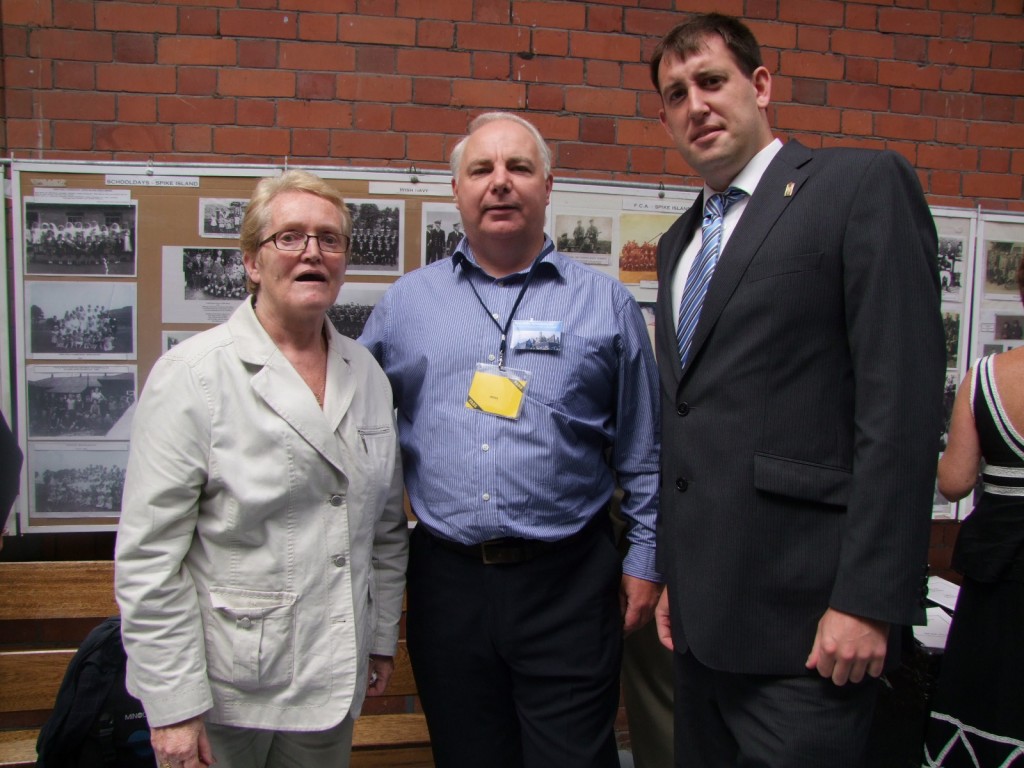
Kieran’s Our City, Our Town Article, Cork Independent,
19 August 2010
Kieran’s Heritage Week
National Heritage Week is upon us again next week (21st – 29th August). It’s going to be a busy week. I have set up a number of events. They are all free and I welcome any public support for the activities outlined below:
Sunday, 22 August, 2pm, “Heritage Treasure Hunt”, A family and fun activity; start point: outside Cork City Library, Grand Parade, Cork, Duration: 1 ¼ hours
This is a family activity, which leads participants into the heart of old Cork looking for clues. This year the focus is on South Parish area, Clues will be found in the heart of Douglas Street to St. Finbarre’s Cathedral. The trail is a hands on activity that requires looking up and around at Cork’s built heritage.
Monday, 23 August, 7pm; “Knights, Quarries and Suburban Growth: A historical walking tour through Ballinlough and environs”, start point: Ballinlough Pitch and Putt car park, opp. Pairc Ui Rinn, Cork, duration: 1 ½ hours
With 360 acres, Ballinlough is the second largest of the seven townlands forming the Mahon Peninsula. This October, Our Lady of Lourdes Church in Ballinlough celebrates 75 years since the laying of its foundation stone. However, the area has a deeper history dating back to Bronze Age Ireland. In fact it is probably the only urban area in the country to still have a standing stone still standing in it for over 5,000 years. My walk will highlight this heritage along with tales of landlords, big houses, rural life in nineteenth century Ballinlough and the development of its twentieth century suburban history.
Tuesday, 24 August, 11am; lecture entitled ‘The southern suburbs: a history of Ballyphehane and Turners Cross”, Tory Top Library, Ballyphehane, duration: 1 hour
By the mid 1920’s, the South Parish of Cork City had grown in both population and area to a point where it could no longer function with a single church. In an effort to address the situation, the bishop of Cork, Rev. Daniel Cohalan D.D designated Turners Cross as the location for a second parish church to serve the ever growing congregation. One of the key features of the area is the iconic church created by architect Barry Byrne and sculptor John Storrs, the Church of Christ The King. The talk takes this church and other important historical gems of the area as its focus. The talk also addresses aspects of Ballyphehane as one of the oldest suburbs in Cork created as part of a post-World War II initiative to create a model community in Cork.
Tuesday, 24 August, 7.30pm; lecture entitled: “Tales of Theatre and the Arts in Cork’s History”; Civic Trust House, Pope’s Quay, Cork, duration: 1 hour
As a city on the very edge of Western Europe, Cork has grown due to an anthology of influences. As a port city, Cork has always been open to influences, both geographically and culturally, to Europe and the World. As Corkonians, we have a large range of strong cultural traditions from the city’s history to GAA, festivals, literature, art and to the rich Cork accent itself. We can be very proud of the city’s achievements through time. The activity of Cork’s artists, musicians, writers, poets and players is evident on our streets, in our galleries and on our stages. In this light, the central theme of this talk is to explore is the development of theatre in the city in the eighteenth and nineteenth centuries.
Friday 25 August, 9-5pm, Kieran’s Lee Valley photographic exhibition for Water Heritage Day at the Lifetime Lab, Lee Road Cork (www.lifetimelab.ie)
Photography also has the ability to stop the viewer, to impress and make the viewer question, wonder, dream, remember, disturb, explore and not forget – promoting a reaction. With all that in mind, my photographic exhibition attempts to capture the many moods and colours of the River Lee Valley, the characters who have interacted with it, the major events and the minor common happenings to construct a rich and vivid mosaic of life by and on the water.
Saturday, 29 August, 1.30pm; History and Legacy: A historical walking tour through Cork City Hall, start point: City Hall, Anglesea Street entrance, required booking in advance with heritage office, Cork City Hall, 021 4924018, duration: 1 hour
One of the most splendid buildings of Cork is Cork City Hall. The limestone structure replaced the old City Hall, destroyed by British troops on 11 December 1920. The foundation stone of the new City Hall, which was build at the same place as the old building, was laid by the Executive Council of the State, Mr. Eamonn de Valera, on 9 July 1932. In March 1935 the first staff members of a few departments of the city administration moved into the western wing of the building. The first council meeting was held in City Hall on the 24th April 1935. Celebrating its 75th anniversary next year, the building was officially opened by the Irish President on 8th September 1936.
Further information on any of the above, contact Cllr Kieran McCarthy, 0876553389, www.corkheritage.ie. Also check out the overall the Cork heritage week brochure, available from Cork City Libraries.
Captions:
553a. Red coat re-enactors at the recent Cork Military Show in Cork City Gaol Heritage Centre, August 2010 (pictures: Kieran McCarthy)
553b. Beautiful design work on pulpit in St Finbarre’s Cathedral, open on Cork Heritage Open Day, Saturday 28 August 2010 (www.corkheritageopenday.ie)
